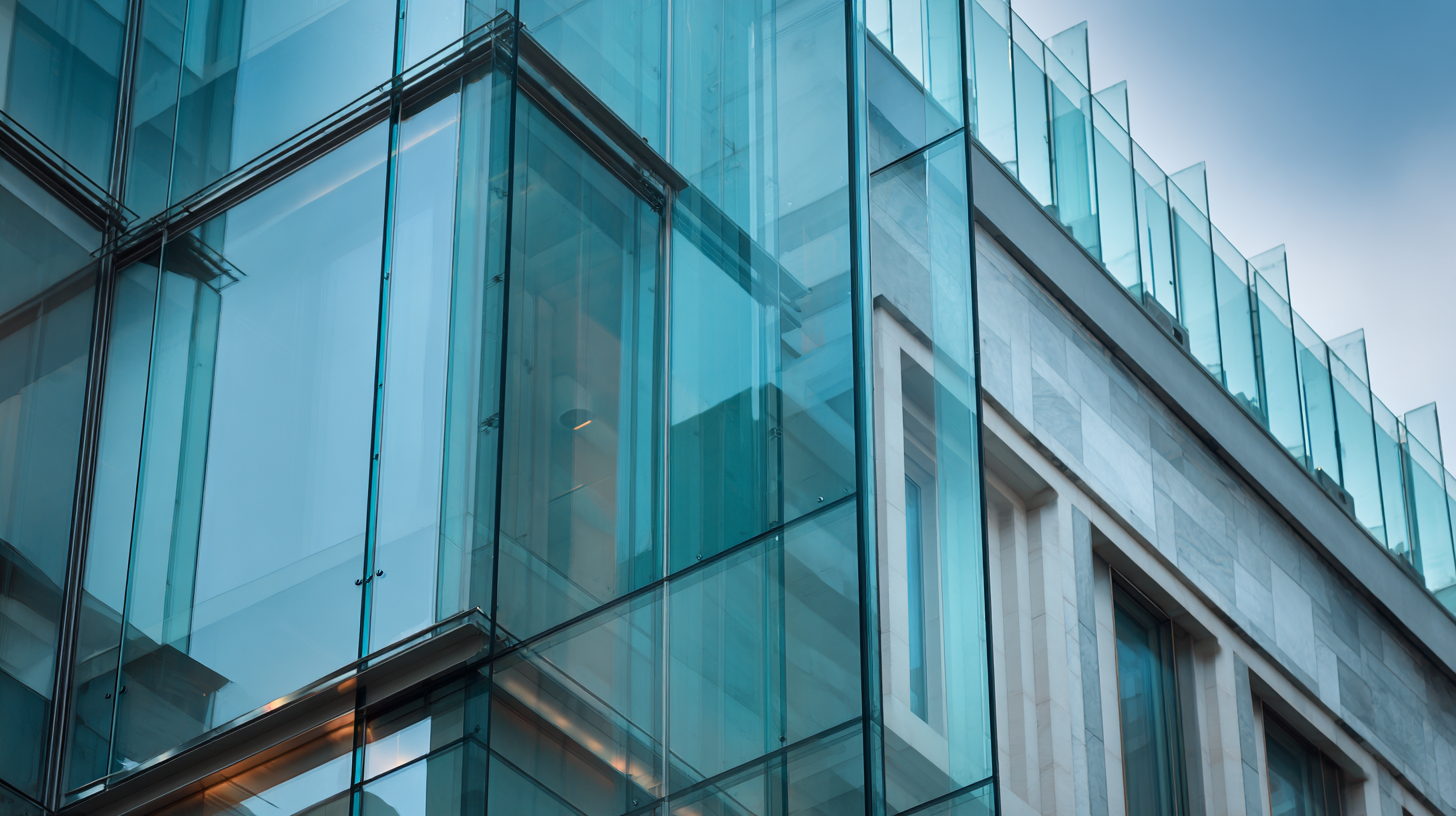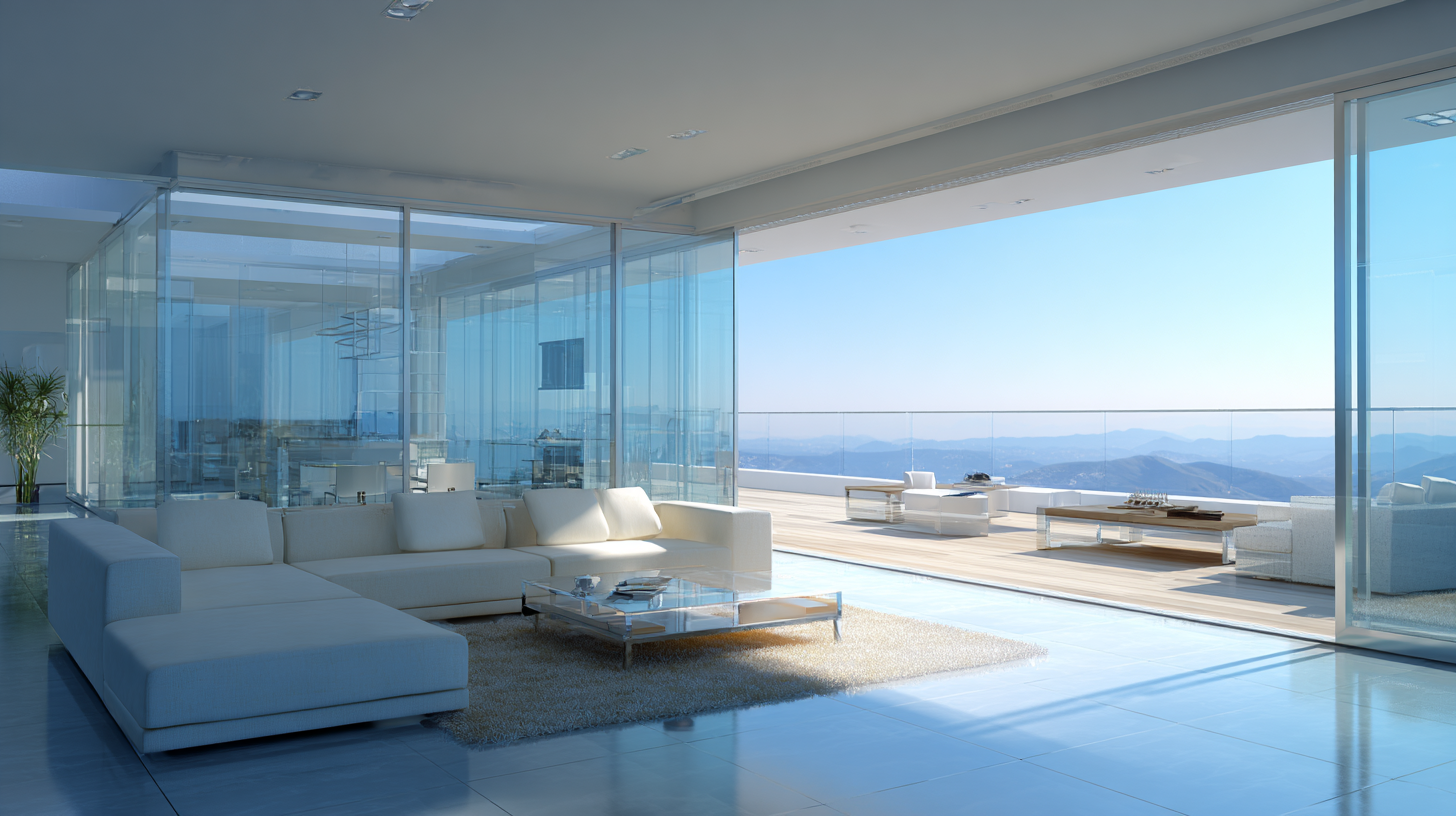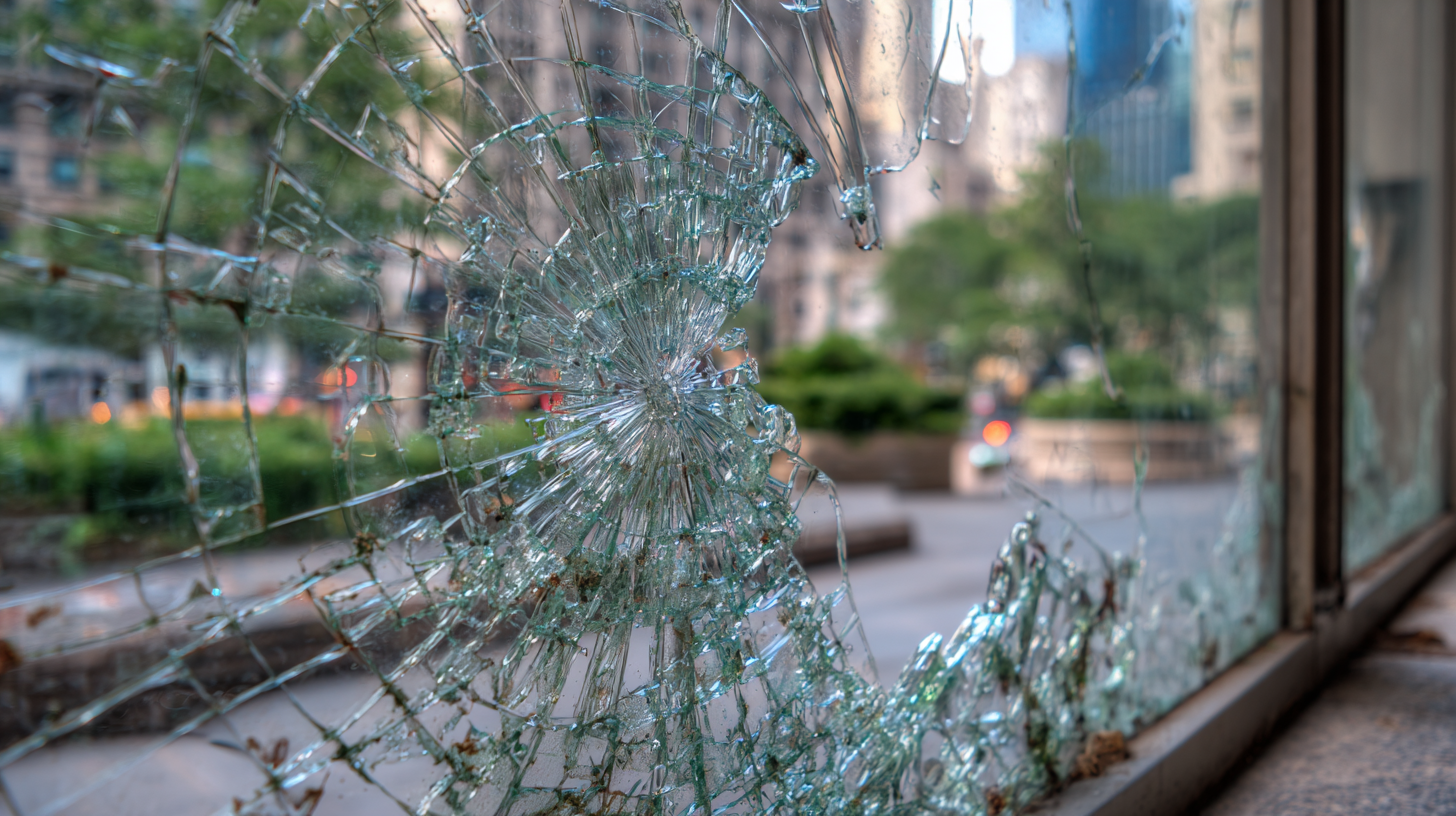- Proudly Made in the USA
- Products
-
Fire Rated Doors Full vision 20-45 minute fire protective doors and 60-90 minute temperature rise doors tested to NFPA 252 / UL 10C / ULC S104.
- GPX® Architectural Series Fire Protective
- GPX® Architectural Series Fire Resistive
- GPX® Builders Series Fire Protective
- GPX® Builders Series Temperature Rise
- GPX® Hurricane
- GPX® Ballistic
- GPX® Vision Kit
-
Specialty Glass
- Laminated Safety Glass
-
- Literature
- Specs
- Details
- Videos
- Resources
- Blog
- Contact
Menu
How to Choose the Right Safety Glass Windows for Maximum Protection and Energy Efficiency
When it comes to ensuring both safety and energy efficiency in your home or workplace, choosing the right safety glass windows is paramount. These specialized windows not only provide protection against impacts and break-ins but also contribute significantly to thermal insulation and energy conservation. In an era where sustainability and safety are at the forefront of design considerations, understanding the various types of safety glass windows available, along with their unique features and benefits, is essential. Whether you are renovating your space or constructing a new building, the selection process can be daunting with numerous options on the market. This guide aims to simplify your decision-making by outlining key factors to consider, such as safety ratings, energy efficiency standards, and aesthetic preferences. By making informed choices, you can enhance the safety and comfort of your environment while also making a responsible investment for the future.

Table of Contents
[Hide]
Understanding the Importance of Safety Glass Windows in Modern Architecture
In modern architecture, the choice of materials significantly influences both
safety and
energy efficiency.
 Safety glass windows, such as laminated or tempered glass, are crucial in providing structural integrity while enhancing energy performance. According to the U.S. Department of Energy, windows account for up to 30% of a building's heating and cooling energy use. Utilizing safety glass can mitigate heat loss and gain, leading to energy savings of up to 25% in commercial buildings.
Safety glass windows, such as laminated or tempered glass, are crucial in providing structural integrity while enhancing energy performance. According to the U.S. Department of Energy, windows account for up to 30% of a building's heating and cooling energy use. Utilizing safety glass can mitigate heat loss and gain, leading to energy savings of up to 25% in commercial buildings.
Tips: When selecting safety glass windows, consider specifications such as the Solar Heat Gain Coefficient (SHGC) and Visible Transmittance (VT) ratings, which indicate how much solar energy is let in and how much light is transmitted, respectively. High-performance glazing can significantly reduce energy costs while ensuring safety.
In addition, the increasing frequency of severe weather events has made the use of safety glass a necessity for risk management in building design. A report by the National Oceanic and Atmospheric Administration indicates that weather-related disasters have doubled over the past 50 years. Architects and builders must factor in the use of impact-resistant glass to protect against both natural and man-made threats, reinforcing the safety and durability of modern structures.
Tips: Always look for certifications from organizations like the American National Standards Institute (ANSI) or the Glass Association of North America (GANA) when choosing safety glass, as these ensure compliance with industry safety standards. By prioritizing these features, you can greatly enhance the resilience and efficiency of your buildings.
Identifying Different Types of Safety Glass for Optimal Protection
When it comes to ensuring optimal protection and energy efficiency, selecting the right type of safety glass is crucial. There are several types of safety glass, each with unique properties suited for different applications. Laminated glass, for instance, consists of two or more layers of glass bonded together with an interlayer. This type not only provides significant security against breakage, but it also offers enhanced sound insulation. According to the Glass Association of North America, laminated glass can reduce noise by up to 30 decibels, making it an excellent choice for urban environments.
Tempered glass, on the other hand, is manufactured through a process of extreme heating and rapid cooling, which increases its strength compared to standard glass. It is known for its ability to withstand high impact and thermal stress, reducing the risk of shattering upon breakage. The American National Standards Institute (ANSI) states that tempered glass is up to five times stronger than untreated glass. Additionally, reflective glass serves as a valuable option for energy efficiency, as it minimizes solar heat gain by up to 70% when treated with special coatings, potentially leading to significant savings on heating and cooling costs. Understanding these different types will guide you in making informed choices for both safety and energy performance.
Safety Glass Types and Their Energy Efficiency Ratings
Evaluating Energy Efficiency Ratings and Their Impact on Comfort
When selecting safety glass windows, understanding energy efficiency ratings is essential for ensuring both comfort and cost-effectiveness in your home. According to the U.S. Department of Energy, windows account for up to 30% of residential heating and cooling losses. This highlights the critical nature of choosing windows that not only adhere to safety standards but also enhance thermal performance. Look for windows with a low U-factor, which measures insulation effectiveness; a value below 0.30 is considered energy efficient.

Additionally, the National Fenestration Rating Council (NFRC) provides valuable ratings for solar heat gain coefficient (SHGC) and visible transmittance (VT). A lower SHGC rating indicates that the window is better at blocking unwanted heat from sunlight, which can lead to lower cooling costs in warmer climates. Alternatively, windows with a higher VT rating allow more natural light into your space, reducing reliance on artificial lighting. Balancing these factors ensures that your safety glass windows will contribute to a comfortable indoor environment while maximizing energy efficiency.
Key Factors to Consider When Selecting Safety Glass Windows for Your Needs
When selecting safety glass windows, there are several key factors to consider to ensure maximum protection and energy efficiency. One of the foremost considerations is the type of glass. Options like tempered glass are critical for durability and safety, as they are designed to withstand high impact and reduce the risk of shattering.
Additionally, laminated glass provides an extra layer of protection, as it holds together when broken, thereby enhancing the safety of occupants.
Another crucial aspect is energy efficiency. With the global window film market projected to grow from $24 billion in 2024 to nearly $40 billion by 2032, the emphasis on energy-efficient solutions in architecture is evident. Techniques such as the incorporation of electrochromic glass, which allows for controllable transparency and insulation properties, are gaining popularity. This aligns with the rising demand for sustainable building practices, as the global electrochromic glass and film market is expected to reach $1.16 billion in 2023. These innovations not only contribute to safety but also significantly enhance energy conservation, reducing heating and cooling costs while promoting a more sustainable living environment.
Installation Best Practices to Enhance Performance and Longevity of Safety Glass
When installing safety glass windows, following best practices is crucial to enhance their performance and longevity. First, ensure that the frame is compatible with the type of safety glass being used, as the right fit can prevent unnecessary stress and potential damage. During installation, apply appropriate sealants to secure the glass in place; this not only supports waterproofing but also improves insulation, contributing to energy efficiency. It’s essential to check for any gaps or misalignments, as such issues can compromise both safety and thermal performance.
Additionally, taking care to handle safety glass properly during installation is vital. Use protective gear and tools designed to minimize impact and avoid scratching the surface. Furthermore, tempering or laminating the glass can add an extra layer of durability, which is particularly beneficial in areas prone to extreme weather conditions. By adhering to these installation best practices, homeowners can ensure that their safety glass windows provide maximum protection and energy efficiency over time.
Engineering. Design. Code.
Whether you’re looking for fire-rated walls, doors, openings, floors or a specialty service, we have the solution for you. With over 40 years of experience in testing, innovating, and providing technologically advanced fire-rated glass and framing products, we deliver unyielding performance and quality at a competitive price.
Contact
Phone
Fax
Email
Sign up for our Newsletter!
Get notified of industry updates and new product alerts.
© 2025 SAFTI FIRST. All rights reserved.

